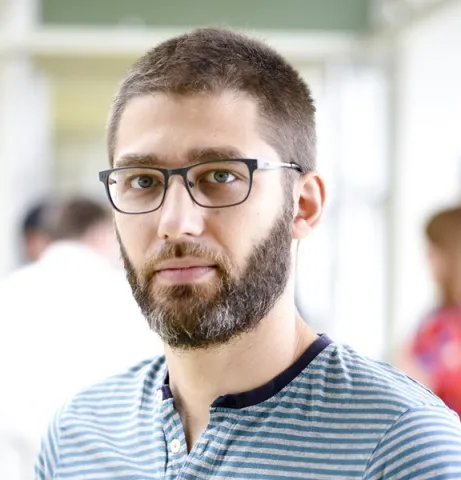About the project
This project develops chalcogenide glass materials for optical and electronic applications using cleanroom fabrication and AI-driven simulations. It aims to replace rare elements with earth-abundant alternatives, combining experimental and computational methods to create advanced materials with broad industrial potential and train researchers in cutting-edge, transferable skills.
This project focuses on developing chalcogenide glass materials using group VI elements such as sulfur (S), selenium (Se) and tellurium (Te), for advanced optical, photonic, and electronic applications. We create these using the unique processes developed at the Novel and compound glass facilities within the Zepler cleanrooms.
The properties of these amorphous semiconductor materials ensure a very wide transparency range, spanning from the visible to the far infrared, thus giving rise to numerous potential industrial applications. However, the synthesis of these materials is often complex and capital intensive, as they are typically combined with rare and expensive elements including Germanium (Ge) , Antimony (Sb) or Gallium (Ga).
Therefore, in parallel with experimental activities, modelling and simulations will form a significant aspect of your research by developing cutting edge knowledge and expertise with the burgeoning range of AI tools available for materials discovery at the atomistic level to use earth abundant elements and thus develop the next generation of advanced materials with extraordinary properties.
Research involves both experimental fabrication in Zepler cleanrooms and artificial intelligence (AI) and machine learning (ML) driven simulations to design materials using earth-abundant elements.
You will develop highly transferable skills in cleanroom sample fabrication and electronic and photonic device characterisation, materials processing, numerical simulations and machine learning with input from industry partners and working with leading academic experts.
The School of Optoelectronics (ORC) is committed to promoting equality, diversity inclusivity as demonstrated by our Athena SWAN award. We welcome all applicants regardless of their gender, ethnicity, disability, sexual orientation or age, and will give full consideration to applicants seeking flexible working patterns and those who have taken a career break. The University has a generous maternity policy, onsite childcare facilities, and offers a range of benefits to help ensure employees’ well-being and work-life balance. The University of Southampton is committed to sustainability and has been awarded the Platinum EcoAward.
